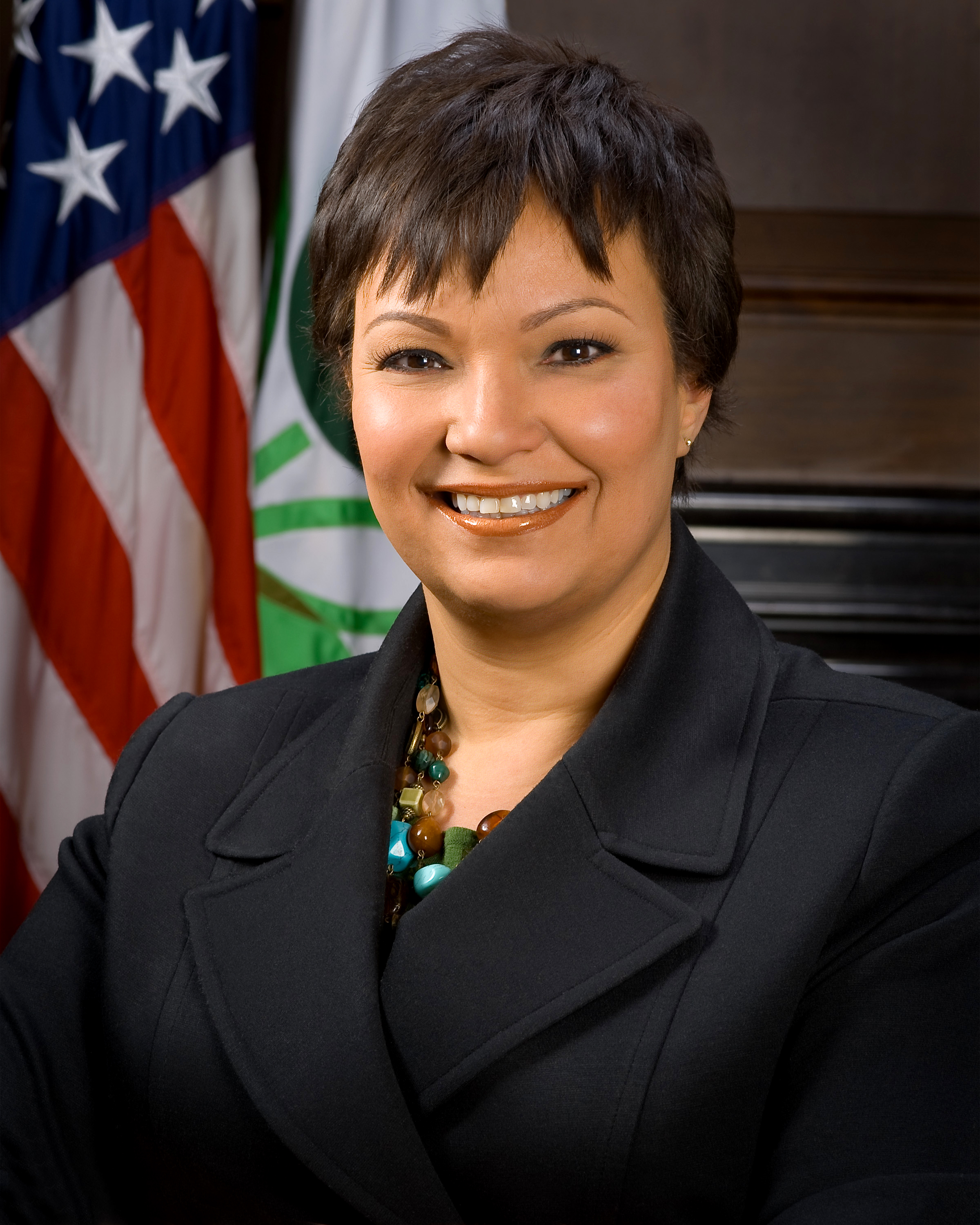Lisa P. Jackson, the U.S.’s top environmental regulator, is stepping down as head of the Environmental Protection Agency (EPA), effective later this month (following President Barack Obama’s State of the Union address). An anonymous source told the New York Post that her resignation is a protest of the impending approval of TransCanada Corporation’s controversial Keystone XL pipeline.
A spokesperson for Jackson denied any connection and referred to Jackson’s official statement of wanting to “pursue new challenges, time with her family and new opportunities.”
The EPA is the organization that implements environmental laws in the U.S. by writing regulations. Jackson was appointed as its administrator in 2008, at the beginning of Obama’s presidency. Due to her leadership, the organization created new regulations on mercury emissions and toxic pollutants from coal-fired power plants. In 2010 she defended the EPA against a bill that would have prevented them from regulating carbon emissions. Though the State Department controls the final decision on the Keystone pipeline since the pipeline crosses an international border, the EPA is one of several organizations advising the U.S. government on the matter.
Jackson has been a vigorous opponent of the pipeline. In July 2010, the EPA called the State Department’s environmental assessment of Keystone “inadequate.” She stated, “This isn’t a little tiny pipeline. This is a pipeline that cuts our country literally in half.” Last year, the plan for the pipeline was rejected, but Obama invited TransCanada to submit a new plan that would avoid Nebraska’s delicate Sand Hills region. They did, but this plan has not eliminated the controversy – it still crosses the Ogallala aquifer, an important source for drinking water and irrigation.
The new plan has been approved by the State of Nebraska, and TransCanada is now waiting for the go-ahead from the State Department. According to the Post’s source, Jackson believes that the project will be approved this time, possibly around March or April.
Keystone XL is a proposed 1,897 kilometre pipeline running from Hardisty, Alberta, to Steele City, Nebraska. TransCanada plans to have it in operation by 2015. It is part of the larger Keystone pipeline project, which splits off at Steele City into two pipelines – one heading to Illinois, and the other through Cushing, Oklahoma to the gulf coast of Texas. These parts of the pipeline network are already in operation, and construction started last summer on a segment running from Oklahoma to Texas.
There is already one Keystone pipeline running from Hardisty to Steele City, taking a detour through Manitoba. The Keystone XL segment is another pipeline with the same end points but a more direct route. This segment was approved by Canadian regulators in 2010.
The purpose of the Keystone project is to remove the pipeline bottlenecks that are causing Canadian crude oil to trade at discounted rates, which costs Alberta more than $3 billion and the Canadian economy almost $20 billion annually. As the oil sands production steadily increases (it is expected to double by 2020), it becomes more economically crucial to find places to send the oil and ways to transport it, according to Carleton University economist Andre Plourde. On the U.S. side, Keystone is expected to produce jobs in the Midwest and reduce reliance on oil from hostile Organization of the Petroleum Exporting (OPEC) countries.
The Globe and Mail reports that a Washington source does not believe Jackson’s resignation is a protest but, rather, suggests it is due to job-related fatigue. Others have suggested that it is due to a scandal over Jackson’s use of a secret email address under a false name, perhaps to avoid freedom of information requests.
In any event, Keystone could face a new threat in John Kerry, who is expected to soon be confirmed as Hillary Clinton’s successor as Secretary of State. Kerry has been a vocal proponent of environmental policy and promised in 2011 to look at “every possible economic and environmental consideration before a final decision is made” on Keystone XL.


